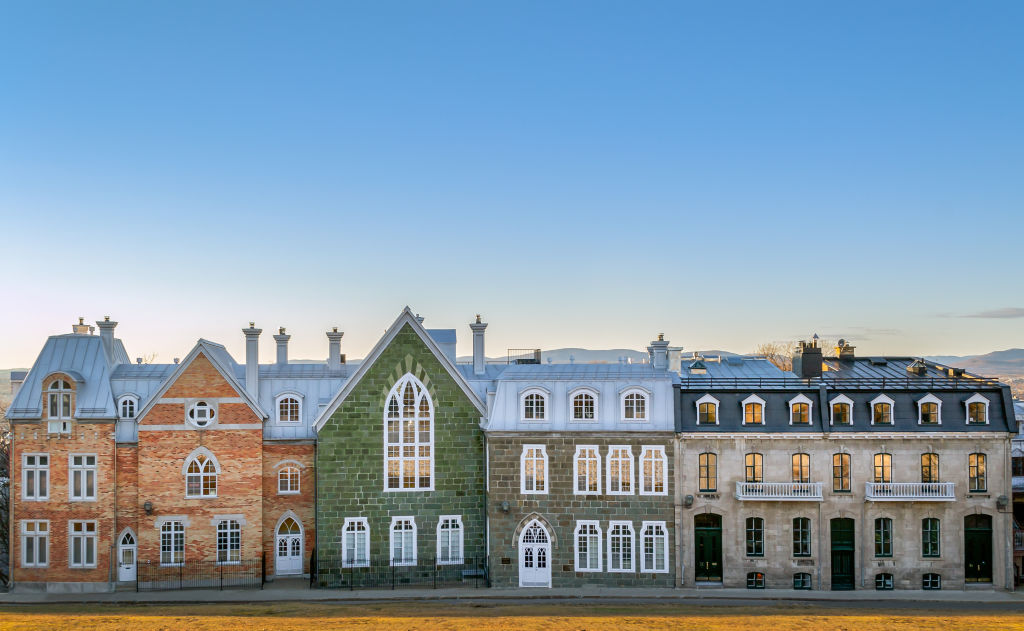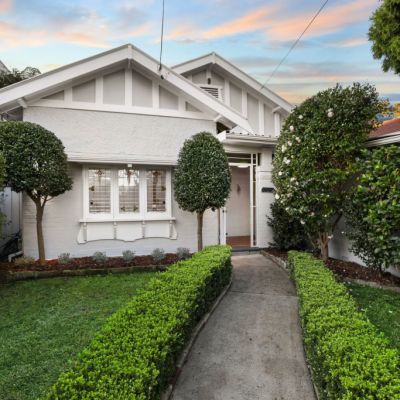Australia among top 20 countries for house price growth: Knight Frank report

Australians may be struggling to keep pace with rapid property price gains, but spare a thought for house-hunters in Turkey, where prices have jumped more than 30 per cent in one year.
While rapid rises have seen Australia rank among the top 20 countries for house price growth, buyers across a string of countries in Europe and North and South America face even steeper price hikes, a new report shows.
Globally, house prices are rising at their fastest rate since 2016, the latest Knight Frank Global House Price Index shows, with prices up by an average of 7.3 per cent over the year to March, across the 56 countries and territories included in the index.

A dozen countries recorded double-digit annual price growth, with Turkey leading the charge – for the fifth consecutive quarter – with prices up a whopping 32 per cent over the year. Even when inflation is stripped out, real prices are still rising around 16 per cent a year, the report notes.
Turkey was followed by New Zealand, with prices up 22.1 per cent annually, then Luxembourg and Slovakia, where prices were also up by more than 15 per cent.
| Country | Annual Change | 6M Change | Quarterly Change |
| Turkey | 32.0% | 12.8% | 6.8% |
| New Zealand | 22.1% | 15.3% | 5.3% |
| Luxembourg | 16.6% | 7.6% | 4.6% |
| Slovakia | 15.5% | 7.7% | 4.2% |
| United States | 13.2% | 7.4% | 4.0% |
| Sweden | 13.0% | 7.8% | 3.6% |
| Austria | 12.3% | 5.2% | 3.9% |
| Netherlands | 11.3% | 6.3% | 5.3% |
| Russia | 11.1% | 6.1% | 1.7% |
| Norway | 10.9% | 5.9% | 5.6% |
| Canada | 10.8% | 5.2% | 2.3% |
| United Kingdom | 10.2% | 6.0% | 2.6% |
| Peru | 10.0% | 3.5% | 1.1% |
| Lithuania | 9.1% | 23.4% | 9.1% |
| Czech Republic | 8.9% | 5.3% | 2.6% |
| Poland | 8.9% | 3.1% | 0.9% |
| Iceland | 8.5% | 4.9% | 2.6% |
| Australia | 8.3% | 8.7% | 4.9% |
| Denmark | 8.3% | 6.5% | 2.7% |
| Germany | 8.1% | 5.7% | 2.6% |
It’s not a worldwide property boom, with annual price growth more subdued or in the red in several larger economies due to a combination of stringent lockdowns, economic concerns or excess supply. Among them were Italy (+1.6 per cent), India (-1.6 per cent) and Spain (-1.8 per cent).
In Australia, which ranked 18th for growth, prices were up 8.3 per cent annually with steep gains seen in more recent months, said Michelle Ciesielski, Knight Frank’s Head of Residential Research Australia.

“One year on, Australia’s residential market has proved particularly resilient despite a global pandemic, with house price growth of 4.1 per cent in Q3 2020,” she said, adding that we fared “much better than many other countries and territories which experienced stricter lockdowns”.
“Since then, Australian house prices have been heating up with the 8.7 per cent growth over the six-month period the fourth-fastest rate of growth globally – behind only Lithuania, New Zealand and Turkey.”
Australia was on the verge of returning to double-digit annual price growth, last seen in 2017, Ms Ciesielski said, with cities like Perth, Sydney and Canberra likely to reach this benchmark by the end of the year.
While the market has seen some stability in recent weeks as more buyers reach their borrowing capacity or are priced out of the market, there was enough fuel for the market to fire up again after the quieter winter selling season, Ms Ciesielski added – particularly as investors are returning to the market, encouraged by low mortgage rates, three more months of savings and a strengthening economy.
Overseas, the rollout or consideration of tighter lending rules, new taxes and higher stamp duties in some countries were expected to dampen strong buyer sentiment, the Knight Frank report noted. In addition, government interventions and the end of fiscal stimulus measures, combined with the threat of new coronavirus variants and stop-start vaccine rollouts, had the potential to put further downward pressure on price growth.
We recommend
We thought you might like
States
Capital Cities
Capital Cities - Rentals
Popular Areas
Allhomes
More










